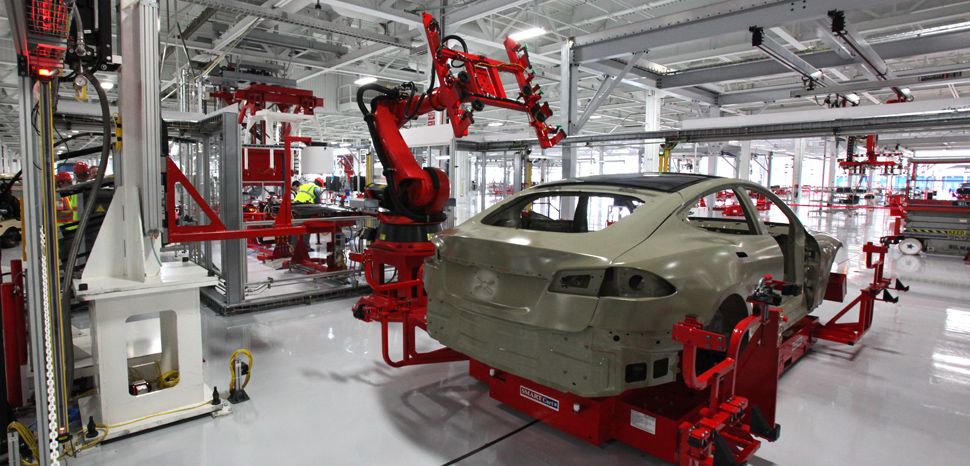By now, even casual consumers of business news are aware of the emerging maxims regarding “the future of work” in the wake of COVID-19, and the economic and employment shocks it has thrust upon the global economy. The predominant orthodoxy can be summed up as follows: “The robots are here to stay.”
Robotic process automation, and organizations’ abilities to harness the benefits it promises, was already a disruptive economic force before COVID-19. Its benefits were easy enough to define: the reduction of human error, the effective elimination of time-consuming tasks, and higher overall levels of productivity for lower (long-term) costs, to name a few. COVID-19 is rightfully regarded as a powerful accelerant for many digital transformations already underway, and automation provides a particularly apt case study. Yet, while automation enables (among other things) an increasing ability for businesses and organizations to keep their most vulnerable workers safe from a deadly pandemic, COVID-19 also accelerate a societal willingness to have tough conversations about what automation costs.
Automation’s human costs are its most visible. Reports of skyrocketing unemployment numbers grow worse with the refreshing of a webpage, and the number of jobs that are at risk of automation due to COVID-19 or simply the steady march toward efficiency is seemingly boundless. Equally boundless is the amount of ink spilled in recent years encouraging policymakers not to panic, reassuring readers that automation will actually create more jobs than it destroys in the long run.
People, however, do not live in the long run. They inhabit the present, and cannot feed their children efficiency any more than they can pay their bills with progress. Persistently high unemployment represents a bad enough “new normal” of COVID-19, and automating additional jobs will worsen the short and medium-term pain inflicted upon many of the people in sectors those of us fortunate enough to stay at home have come to view as essential.
The technological costs or “down-sides” to automation are less reported but no less significant. It may sound ridiculous to assert that automation might make our IT systems, our technologies themselves, worse, given how immutable the benefits of increased process efficiency may appear. But simply transforming every currently human-driven process into a robot-driven one is not, inherently, an improvement.
Take an example like a customer service hotline. An organization may well decide that automating their entire customer service support operation is more cost-effective and efficient than employing real people to speak directly to individuals’ concerns. While tempting, this is not a costless approach, and the potential degradation of customer experience as a result of such an automation may not be worth it to that organization in the long run.
The next issue or “cost” of over-automation arises, ironically, in the area of process efficiency. While automated business processes appear to run themselves in the background, even the best bots can only do things they are programmed to do – no matter how silly those things are – as automation and artificial intelligence are not the same thing.
Say an organization wanted to automate their invoice approval and management process. If, at present, the processing of a new invoice requires ten different managers’ approvals, automating that process may make it feel faster, but cannot make it any more efficient. Frustrations with snags or bottlenecks in the current process may appear just as readily once it is automated because it simply has too many steps, no matter if a bot or an employee is managing it. Therefore, before spending the money to automate such a critical business function, the organization would do well to first ask whether the problem is that the process itself is too convoluted, or even unnecessary, to begin with. Streamlining an inefficient process might achieve the same result of automating it in terms of time and effort saved, but at a fraction of the cost, and with minimal technical risk. Additionally, as reliance on technology increases, so too do cybersecurity risks introduced to organizations that are potentially unfamiliar with best practices and safeguards necessary to navigate a suddenly digital world.
Finally, the set of costs least appreciated by automation’s evangelists are perhaps its most obvious: capital costs. Transforming a process, much less an organization, is complicated, and complicated things are expensive. While most of the cost associated with the automation of a given process or business function will occur up-front, it would be foolish to insist that any bot, no matter how smoothly engineered, will simply run on its own, without need of maintenance, from the moment it is launched. IT maintenance costs are notoriously hard to estimate, so much so that entire industries and fields of study have formed around helping organizations avoid the cost-overruns associated with maintaining technologies and systems over time.
To be sure, there are uncertainties associated with human labor as well. There are risks associated with opting not to automate a process that a competitor or adversarial organization has streamlined to their benefit. However, this “future of work” about which we have read for so long is now increasingly becoming work’s present. Every day we hurdle more quickly toward an economy that is designed to support our technology, and not the other way around. Before we arrive at that destination, we might ask ourselves precisely what, and who, is worth leaving behind along the way.
The views expressed in this article belong to the author alone and do not necessarily reflect those of Geopoliticalmonitor.com or any institutions with which the author is associated.




